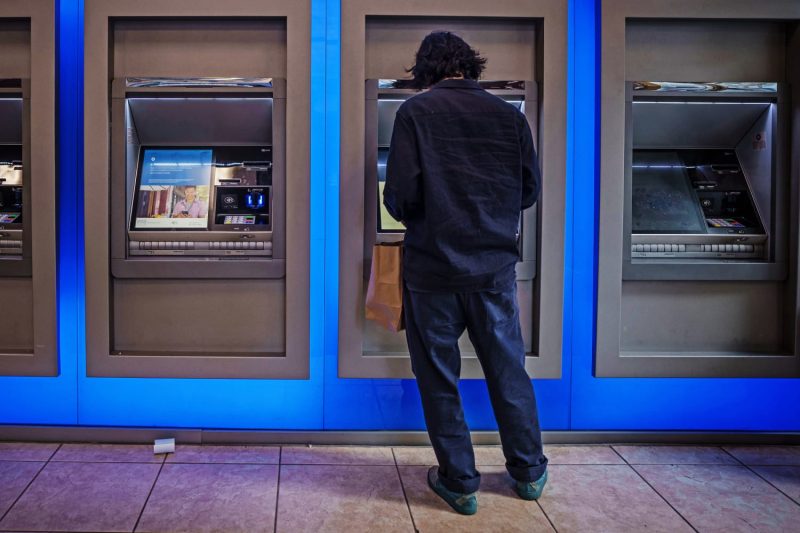In a move that seems to favor customers, major banks including JPMorgan Chase, Bank of America, and Wells Fargo, have made significant cuts to their overdraft fees. Overdraft fees are typically charged when a customer’s bank account balance goes negative, often due to spending beyond the available funds in the account. Such fees, however, seem to persist and continue to put a burden on bank customers. Despite the major cuts made by these banking institutions recently, American consumers still paid a staggering $2.2 billion in overdraft fees last year.
JPMorgan Chase, for example, announced in August 2021 that it would scrap its $34 overdraft fee and replace it with a $15 insufficient funds fee that only applies after a customer’s account has been overdrawn by at least $50. Bank of America too, followed a similar model, eliminating its $35 overdraft fee and introduced an overdraft protection service with a fixed fee of $10. Wells Fargo took a different approach and removed overdraft fees for any transaction of $5 or less, potentially saving customers from incurring high costs for minor oversights.
These changes imply that the massive banking corporations are moving towards a more customer-friendly financial environment. Their attempts to redesign or eliminate traditional overdraft programs do seem to be a move in the right direction, and yet customers across the United States are still feeling the pinch of the persisting fees.
One might question why that is and one plausible explanation could be that the reductions, while significant, are not effective enough. The overdraft fees – albeit lesser than before – are still substantial and can accumulate to large amounts if customers regularly overspend. The entry points for these fees – like a negative balance of $50 in the case of JPMorgan, can also be reached relatively easily, given the increasing cost of living and financial pressures many face.
Another factor to consider is the lack of awareness amongst the customers about alternatives available to them. Many customers may still remain uninformed about the changes in overdraft fees or about overdraft protection services. Therefore, they continue to incur hefty overdraft fees.
Moreover, while big banks have cut fees, smaller banks and credit unions, which account for a significant portion of the market, have largely maintained or even increased their overdraft fees. Customers using these smaller institutions, therefore, continue to pay more.
The persistence of high overdraft fees, despite significant cuts by major banks, reinforces the need for financial literacy among the public.






























